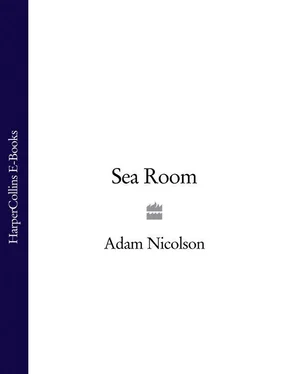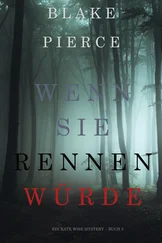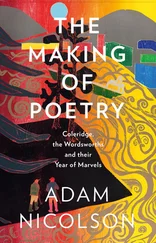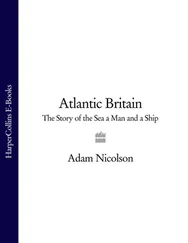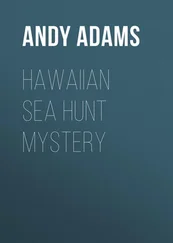Almost certainly, most of these names are quite recent and do not embody a long tradition. They may well have been given by the shepherds who came here seasonally in the early nineteenth century, after the old Shiant population had left. The Ordnance Survey officers, when recording these names in the 1850s, used as their authority a Neil Nicolson or Nicholson (he couldn’t spell) from the village of Stemreway in Lewis. He may not have known the place very well. The surveyors could speak no Gaelic, and so in this way, here as elsewhere in the Gaelic world, much of the information that might have been gathered was lost. The Shiants must once have had a rich suite of names in which the lives of its inhabitants were folded into the landscape and recorded there, but they will never be recovered. A Harris woman, Christina Shaw, when interviewed a few years ago by the ethnographer Morag MacLeod, told her: ‘There wasn’t the length of between here and the gate that we didn’t have a name for, which is not the case nowadays. Every ben and every mound and every hill … I could name them all.’ All of that has been lost from the Shiants.
Here and there, something older can be traced. The islands are set in a Viking sea. Every prominent headland and inlet around them, every stretch of water, and village after village, township after township on Lewis, were named by the Norse. There are three identifiably Norse place names on the Shiants themselves: Stocanish on Garbh Eilean (‘the Headland near the Sea Stacks’), the mile-long line of the Galtas offshore (perhaps ‘the Sea Gables’) and Mianish on Eilean an Tighe, meaning either ‘the Narrow Headland’ (which it is) or, more intriguingly, ‘the Middle Headland’, which it also is when approaching the islands by sea from the south. A Dublin Viking, making his way back north, would see Mianish stretching out towards him in the haze, the Middle Head, around which the flood tide rips. All three of these Norse places on the Shiants are precisely those which any sailor would need to mark and remember. Other than that, apart from one glowing exception which I shall come to in later chapters, the place-names of the Shiants record not memories but forgetfulness, the washing away of human lives, the fragility and tissue-thin vulnerability of human culture to the erosion of time.
When I realised that the geese had finally gone, I went to stand on the heights of Garbh Eilean, nearly six hundred feet above the Minch at its most languorous and seductive. The sky was draped with the weightless trails of evening clouds. They were the colours of the prayer flags which Buddhists leave on mountain passes and their brightness had been bleached by wind and sun. Below them, in the stillness of the evening, every inch of the horizon was rimmed with distant sunlit mountains. My eye travelled them like a fell runner. Even to name the hills is a roll-call of ancestors, the Shiants’ own king list. In Sutherland, eighty miles away to the north-east, Foinaven and Ben Stack. Going south, Quinag above Assynt, Suilven and Stac Polly. Above Loch Broom, Coigach matches the ragged notches of An Teallach on its southern side. Behind Gairloch is Beinn Eighe in Torridon, south of that, Beinn Bhan behind Applecross. Each mountain in what Martin Martin called ‘the opposite Continent’, is the bass note to the human settlement at its feet. The eye swings around to Rona, Raasay and northern Skye, each wrinkle in the rock picked out by the last of the light. In the distance, with only their upper reaches appearing over the foreground, are the Cuillins and the strange flat summits of Macleod’s Tables above Dunvegan. On the clearest days, Heaval, the mountain on Barra, is visible past the headlands of Waternish and Dunvegan. Hecla and Beinn Mhor follow in South Uist; a gap and then the shark fin of Eaval, the unmistakable signpost for anyone sailing south in the Minch, the islands in the Sound of Harris; then Roineabhal, the hill above Rodel, which for years was under threat of removal by the workings of a superquarry. If the catastrophe should happen and permission were ever granted, five hundred and fifty million tons of it would be dug out over a period of sixty years and this wrinkled horizon would have changed for the first time since the Ice Age. North of it come the mountains of North Harris, the round bull-seal head of The Clisham, the hills of Pairc and Eishken, before the eye swings up to the north-west, to the low mound of Muirneag, north of Stornoway, and the long flat headlands of Lewis beside it. Only then is there a gap in the list, an opening in the ring, and there you look out to the North Atlantic. Nothing till Spitsbergen.
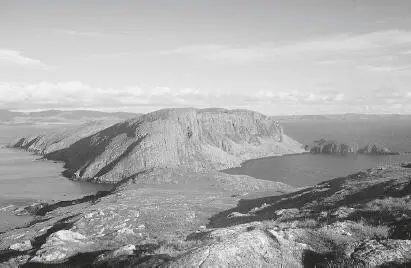
Compton Mackenzie said when he stood here that he felt ‘swung between heaven and earth’. No place I know feels more like the centre of the universe
.
SOMETIMES, EARLY IN THE SPRING, around the middle of April, before any true signs of summer arrive, when the grass on the islands is still dull and tawny from the rigours of winter, when the sheep are poor and thin and an air of exhaustion hangs over the place, a break can come in the weather which seems like a gift from Heaven. Stillness is wrapped around the Shiants for a day or two and the sun bathes their cold, bruised limbs. Once, ten or twelve years ago, I was there on my own when one of these openings came. I watched it in the sky, arriving from the south. The clouds folded back towards me, like the ravelling up of a screen, leaving behind them a sky as pale as an eighteenth-century ceiling, in which the colour went from blue to pale blue, and at the horizon scarcely blue at all.
I could feel the islands sighing in the light, their pores expanding, the vegetable life reaching out from its winter retreat. It seemed to me then – it is the only time I have ever witnessed it – that as the days went on, opening each morning to another new brightness, I could see the Shiants beginning to move towards their summer condition, like the pelt of an animal as it regains its health, the big flanks of Garbh Eilean greening between the ribs of rock, the tight winter-bitten surface of Eilean Mhuire softening under the millions of grass tips and sorrel shoots prodding up into the light, the body of Eilean an Tighe turning towards the vivid luxuriance of its summer life.
I only had a small dinghy with me then and the calm meant I could take it around to the north side of Garbh Eilean. For weeks at a time when the weather is bad you can’t visit that northern face, because in any kind of sea it is terrifying, thrashed at by the Minch and merciless in the way it would deal with any boat. When the calm descends, that is the place, more than any other, to which I am drawn. It is where you can sense the Shiants’ power, a place of turbulence only ever encountered in tranquillity.
I rowed the boat around, slipped easily through the natural arch at the corner of Garbh Eilean, where, every time you pass, a black guillemot drops out of the cracks in the ceiling on to the sea and then panics and flusters away to the north. The boat slides out across the liquid glass of the Minch. The seals asleep on the skerries wake, stare, shuffle seawards and plunge horrified into the water. The boat rounds the corner of those rocks and then the Shiants reveal their heroic heart. A curtain of columns half a mile long, five hundred feet high and each column up to eight or nine feet wide, drops into the Minch. The black lichen of the splash zone coats them to a height of a hundred feet or more. They bend slowly as they rise from the sea, a wonderful subtle elasticity in the mass. On calm days you can take a dinghy right up to the cliff foot, the boat just nosing and brushing at the giant forms. Afloat on the ink of the green sea, it is like being in the elephant house at the zoo, intimate with hugeness, pushed up next to a herd of still, alien, unembraceable bodies.
Читать дальше
